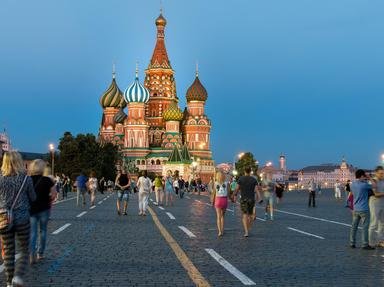
The Truth About Kaliningrad Trivia Quiz
Kaliningrad is a region with a complex history and a unique position on the map. In this quiz, you'll be given ten statements about Kaliningrad - five are true, five are false. Can you tell which is which?
This is a renovated/adopted version of an old quiz by author blinkin_au
A classification quiz
by wellenbrecher.
Estimated time: 3 mins.
- Home
- »
- Quizzes
- »
- Geography Trivia
- »
- Europe
- »
- Russia